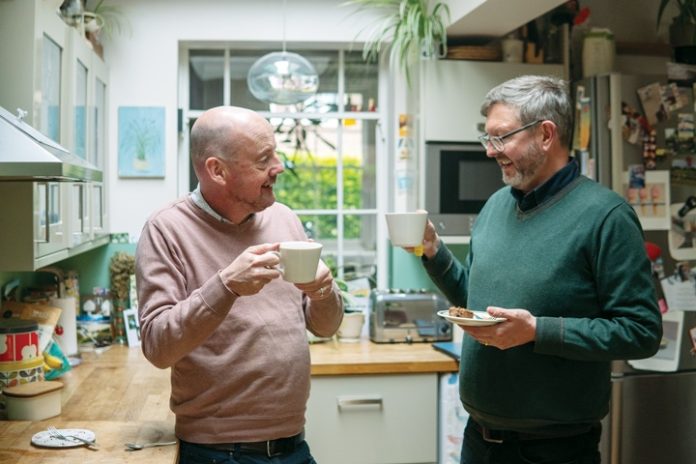By Patrick Langston, All Things Home
Being proactive about renovating for aging in place makes perfect sense, yet many Canadians delay doing anything until their backs are to the wall.
An Ipsos survey in 2022 found that 95 per cent of Canadians aged 45 and older believe aging in their own homes would allow them to retain their independence, comfort and dignity, but retooling a home to enable aging in place is usually a “reactionary” decision, says Sean MacGinnis. He is president of BuildABLE Accessible Home Renovations, which specializes in renovations for those with mobility challenges that often accompany aging.
“Something happens. They fall in their home and have an injury or they’ve been diagnosed with a chronic illness that’s caused them to lose mobility.”
Ian Crawford agrees. He’s a certified aging-in-place specialist and marketing director for Ottawa-based HealthCraft Products Inc. and Invisia, which manufactures home safety aids including a line of sleek, stylish bathroom grab bars and shower seats.
“People are aware they need to do something but don’t want to because it’s a matter of pride — ‘I don’t need that.’”
Unfortunately, pride goeth before a fall. And falls are common among seniors. In fact, they are the leading cause of injury among older Canadians, causing 85 per cent of seniors’ injury-related hospitalizations, according to the Public Health Agency of Canada. Aging-in-place renovations could prevent many of those mishaps.
But renovations for aging in place aren’t just about safety. They also make living at home more comfortable and can mean the difference between staying at home and having to move to a retirement residence.
Whether it’s a simple installation of non-slip tiles or a major home makeover to accommodate one-storey living, the time to do those renovations is before the need arises.
For one thing, proactive renovations for aging in place are more likely to be well thought out rather than rushed.
They can also be integrated into larger projects — say, kitchen and bathroom updates — and the cost spread out over a number of years.
For instance, if you’re thinking of renovating your kitchen because it’s showing its age, MacGinnis suggests asking for full-extension drawers with easy access to what’s inside. Other possibilities include counters with room underneath for a wheelchair user.
When it’s time to re-do the bathroom, a low or no-threshold shower is de rigueur for greying homeowners wanting to avoid the risk of tripping. Grab bars are also essential fall preventers, although they need expert installation.
Outside your home, MacGinnis suggests ditching the steps to your front door and going with a gently inclined path that’s accessible to anyone. “They can look gorgeous done in interlock and with gardens along the way,” he says.
Just be judicious when planning to age in place, cautions Scott Puddicombe of Puddicombe Access Solutions. As an accessibility expert, he specializes in the design and specification of residential modifications for clients with mobility and other challenges.
He says a growing need combined with a lack of clarity on design standards for aging in place means “you see (renovators) who say, ‘I can do that,’ but they’ve only built a couple of ramps and widened a doorway.”
Bottom line on aging in place: It’s a great way to retain your independence, stay connected with your community, and continue enjoying the home you love. But preparing for it ahead of time is clearly the way to go.
Resources for aging in place
Government of Canada Home Accessibility Tax Credit:
Non-refundable tax credit for work performed or products purchased to enable accessibility (canada.ca)
March of Dimes: Assistive devices, home modification and other services. Services may be income dependent (marchofdimes.ca)
Province of Ontario: Programs, including tax credits, grants and forgivable loans, to renovate homes for aging in place; also property tax relief for low-income seniors (ontario.ca)
Federal government: Checklist for aging in place by the Forum of Federal/Provincial/Territorial Ministers Responsible for Seniors (canada.ca)
Patrick Langston is the co-founder of All Things Home Inc. The veteran journalist has covered the Ottawa housing industry since 2008.
